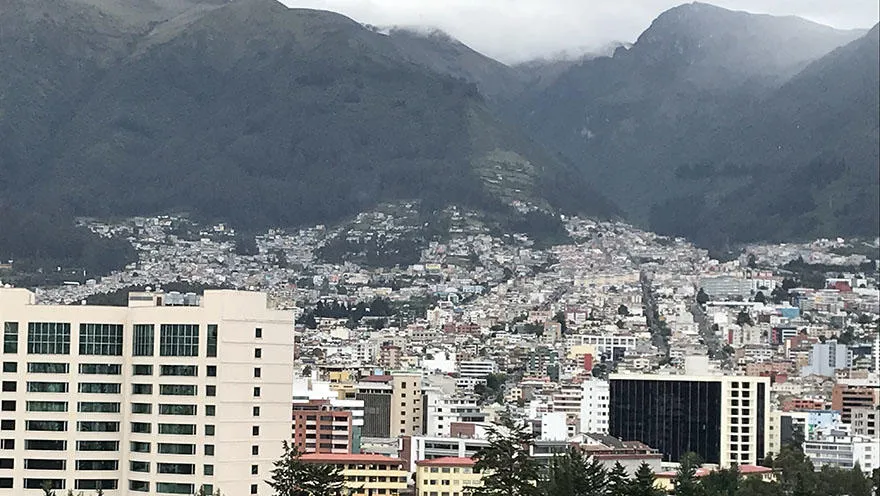Dog bowls & circuit boards - monitoring world weather
The need for monitoring the earth’s weather and climate has never been greater but the volume of accurate weather and climate...
17 May 2019
How do we protect cities and their citizens from extreme flooding, earthquakes or landslides? The answer may lie in a new King's project known as the Urban Disaster Risk Hub.
There is hardly a month that goes by that news of extreme flooding, earthquakes or landslides doesn’t come in from around the world. And with current rates of climate change, the number of these events may increase in the future.
So how do we protect cities and their citizens from these natural extremes?
The answers may lie in a new project known as the Urban Disaster Risk Hub.
Co-directed by King’s and the University of Edinburgh, the project will work with local authorities, international agencies, urban planners and residents to improve the design of urban neighbourhoods. The hope is that it will allow cities across the world to be built effectively so that the impact of extreme natural events on those living in those areas is minimised.
The project will focus on four urban regions over five years – Nairobi, Quito, Istanbul and Kathmandu. These areas were chosen for their exposure to natural hazards and the speed at which the cities are expanding.
In Quito, Ecuador, the negative effects of these hazards on communities are already being felt. The city is expanding up the hill slopes of the adjacent volcanoes, which is exposing the city to landslides, flash floods and ash falls. During a recent trip, by co-director, Professor Mark Pelling, he encountered one particular community who live on a hill side and are cut off from the rest of the city every time it rains. Speaking to one resident, Laura, she explained that it takes an hour for her children to go to school and they have the habit of taking two pairs of shoes - one for the muddy walk up to the closest road and a second clean pair to wear at school. If they can only afford one pair they walk bare foot then wear the clean shoes for school.
Dr Pelling, from the Department of Geography, says: ‘For me this captures a lot of what we are trying to address in the project. That risk from natural hazards is not only about huge events from the international news but more often it is everyday hazards that limit life chances, especially for the poor. The everyday hazards also highlight how development decisions - by households and city authorities - shape risk more than the hazards themselves.’

‘Globally, 60% of the area expected to be urban by 2030 is yet to be built,’ he adds. ‘If we can begin to work with partner universities and practitioners as early as possible, we can develop community and city-wide resilience plans to support action to build risk out of the city in the long term.
‘The aim is to shift thinking and policy from a culture of crisis management - based on responding to events - to one of integrated risk management, where risk is considered in advance as part of development.’
King's College London has a long and proud history of serving the needs and aspirations of society. We are committed to the UN Sustainable Development Goals (SDGs) as a university, and we use them as a framework for reporting on our social impact. The SDGs are a set of 17 goals approved by the 193 member states of the United Nations (UN) which aim to transform the world by 2030. This research supports SDGs 11 and 17.